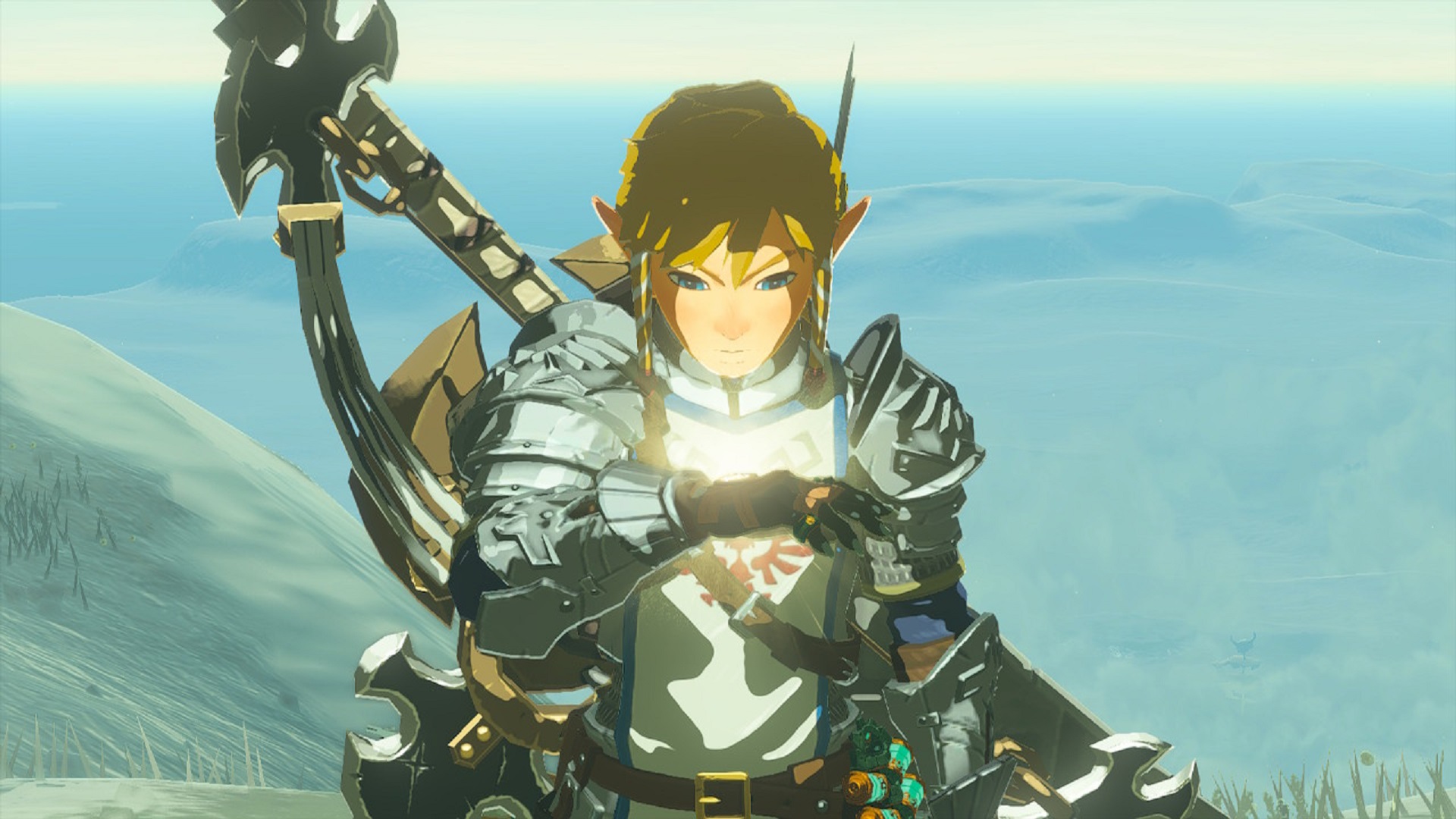
The Legend of Zelda: Tears of the Kingdom might use the same basic layout of Hyrule as its predecessor, but last year's sequel still feels so radically different because every single object in the game was programmed to be physics-driven. And despite breaking Hyrule in ways Ganondorf could only dream of, lead physics programmer Takahiro Takayama says the change was "the correct approach."
In a GDC presentation about the game's physics and sound, Takayama ran through how the team began playing with new ideas like the now-beloved Ultrahand, which allows players to glue several objects together to create, well, anything. Vehicles, Korok torture devices, tree-chopping tractors, and more are all on the table as long as players dream them up.
Takayama says, via a translator, that putting Ultrahand into the game while still using the static, non-physics-driven objects seen in Breath of the Wild caused "daily problems," but "the key to that solution was in our experience developing Breath of the Wild." Takayama then points to the game's giant cogs as an example, which wouldn't correctly grind until they could transfer velocity.
"Every single thing, without exception, had to be built with dynamic, rigid bodies and constraints," Takayama added. "And this is what allowed us to create a world in which players can freely translate their creativity and imagination into action without destroying the world."
Takayama continued to explain that this physics wizardry had to extend to player abilities too, as the video above shows how objects can bug out and zoom into the stratosphere when colliding. "In the end, like everything else, we also changed Recall to be physics-driven," he continued. "As a result, regardless of what the player does, we have a world free from self-destruction."







